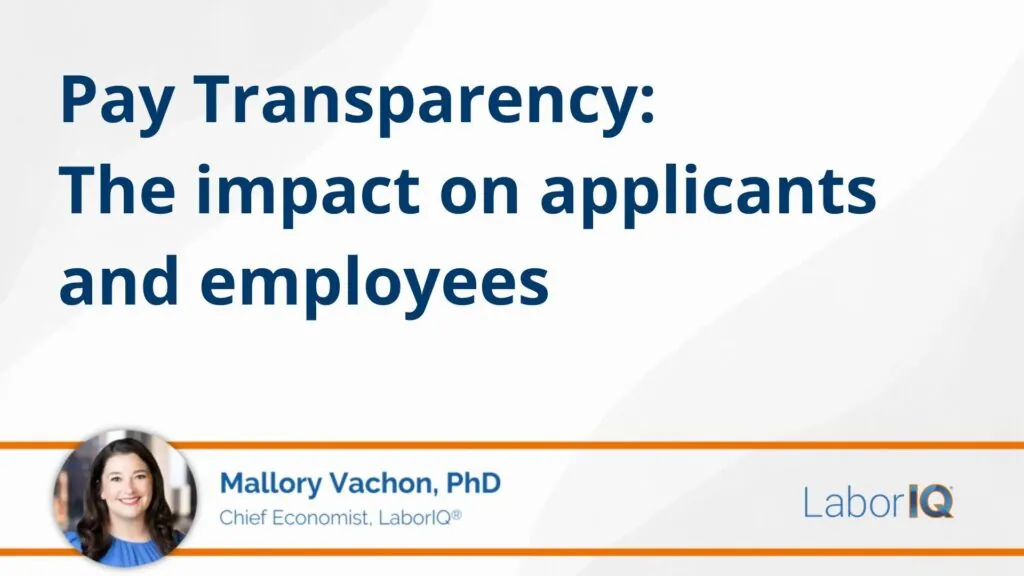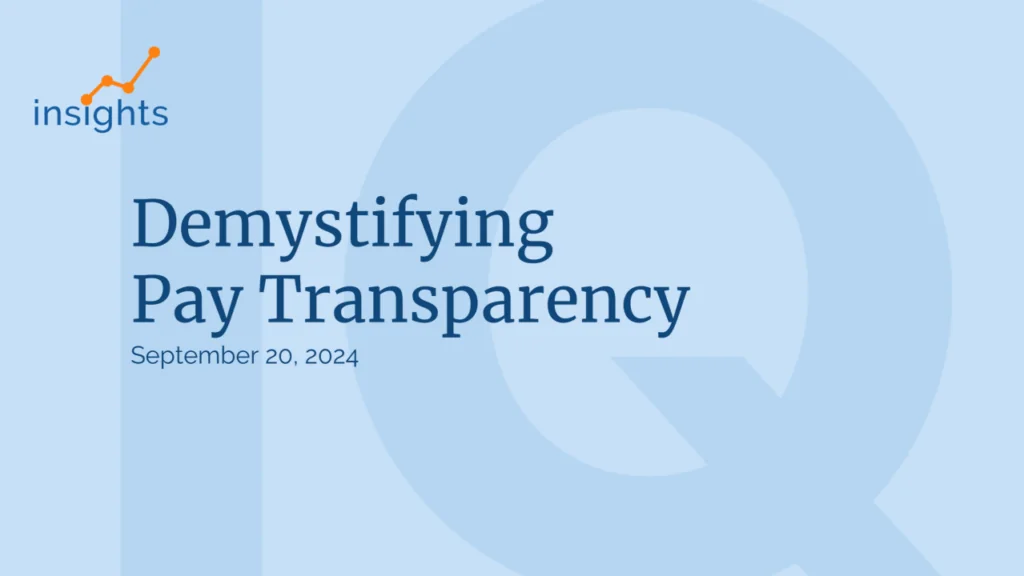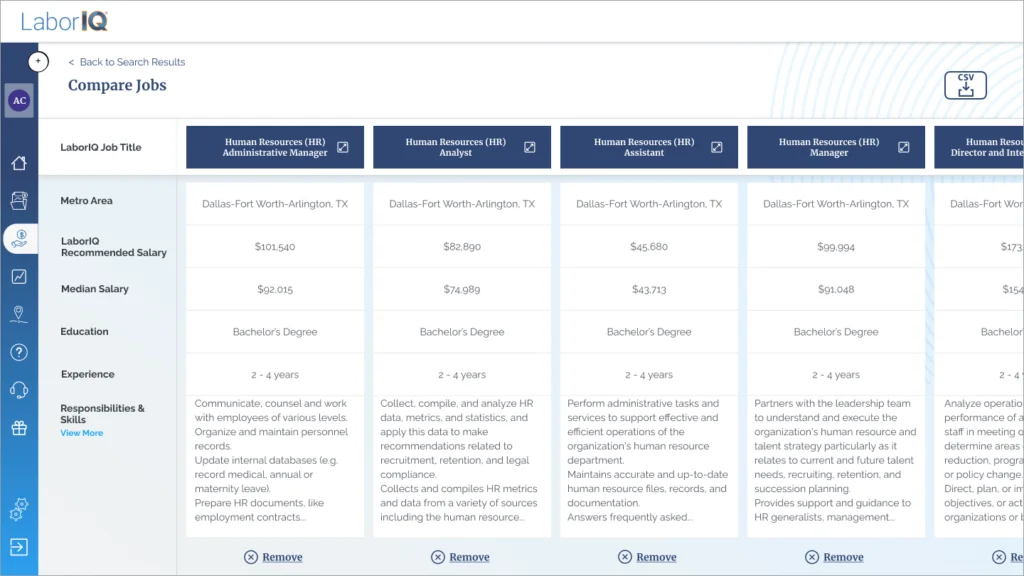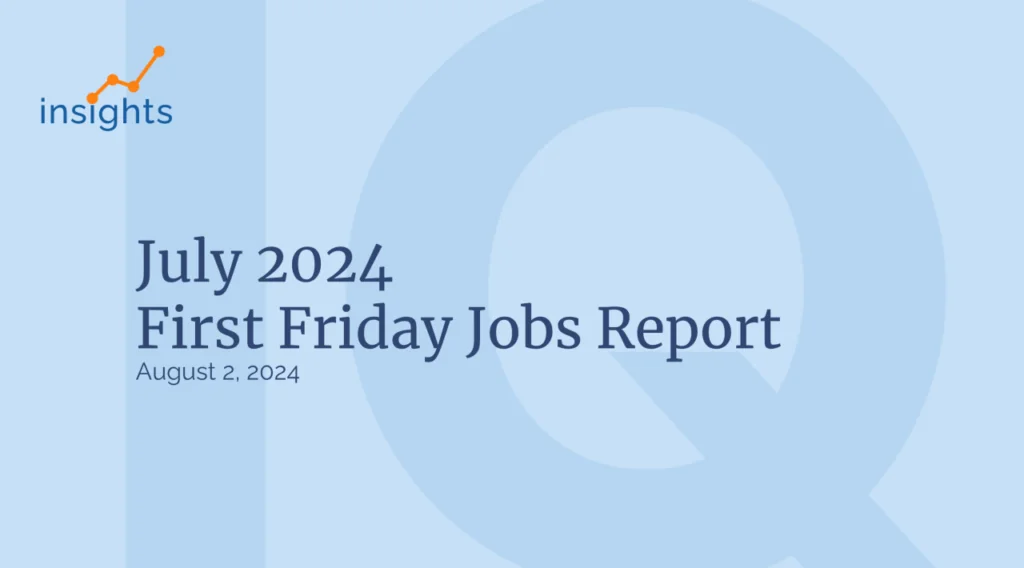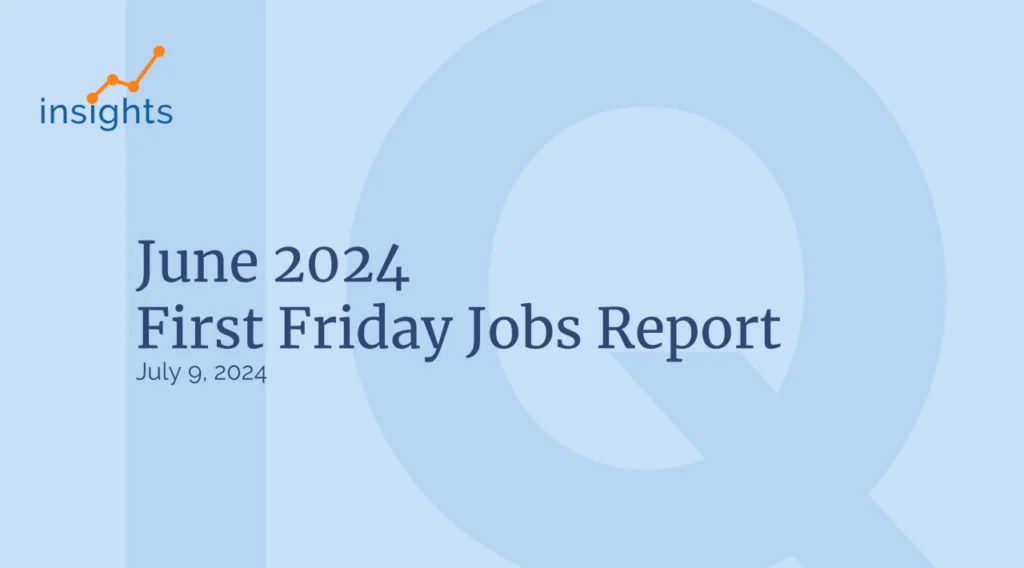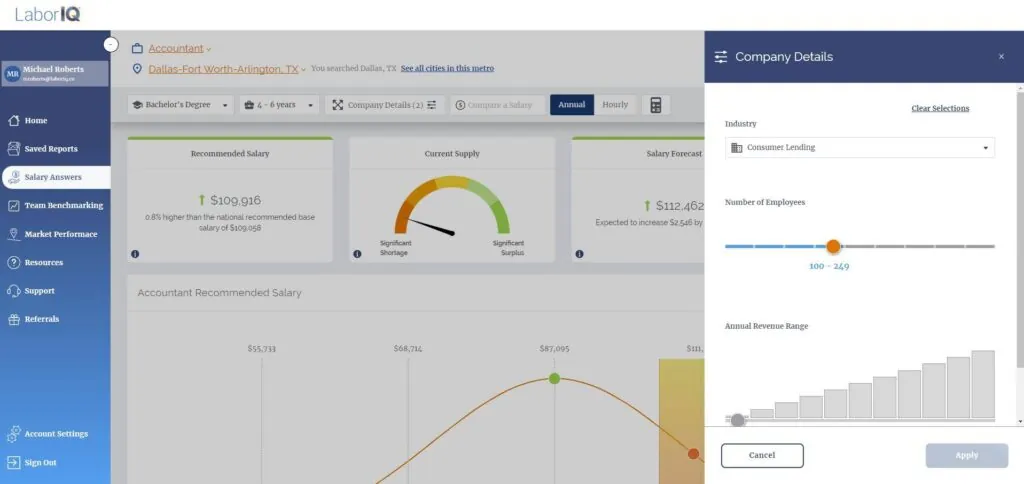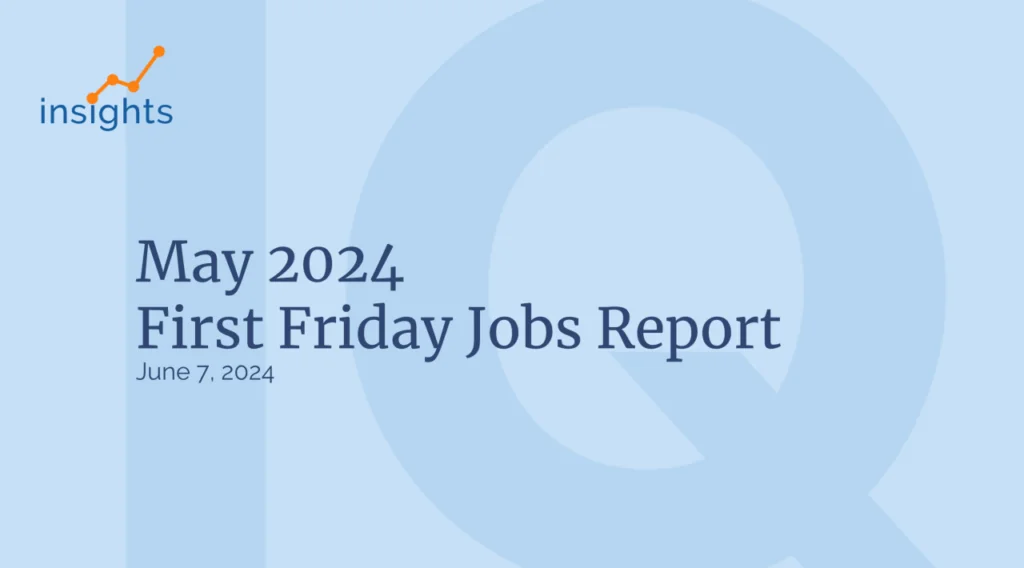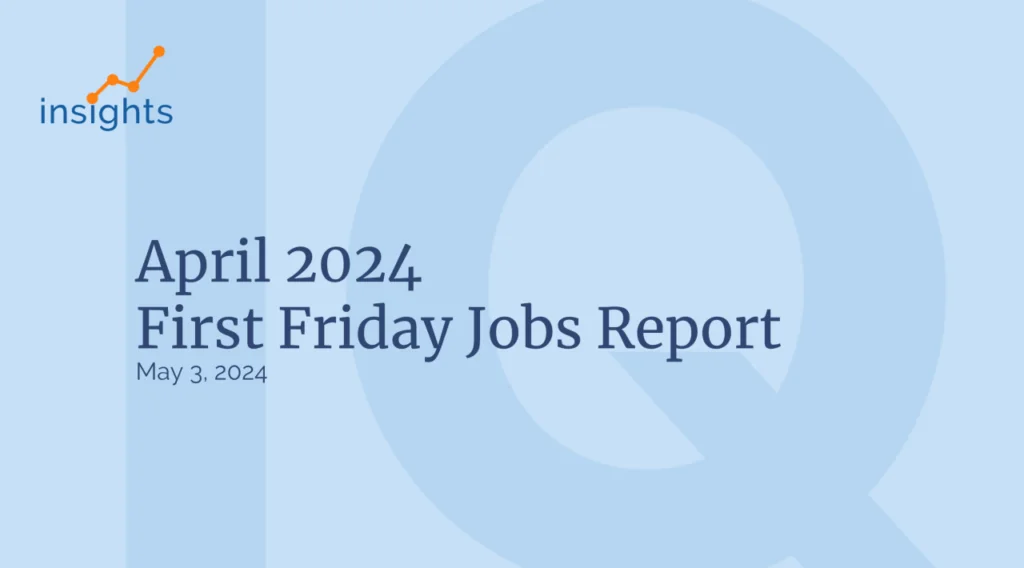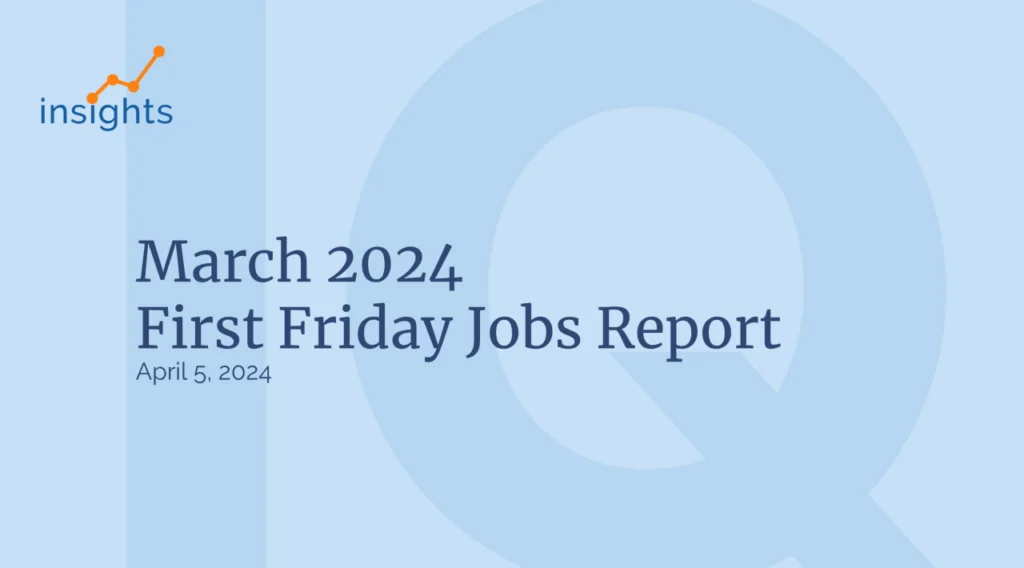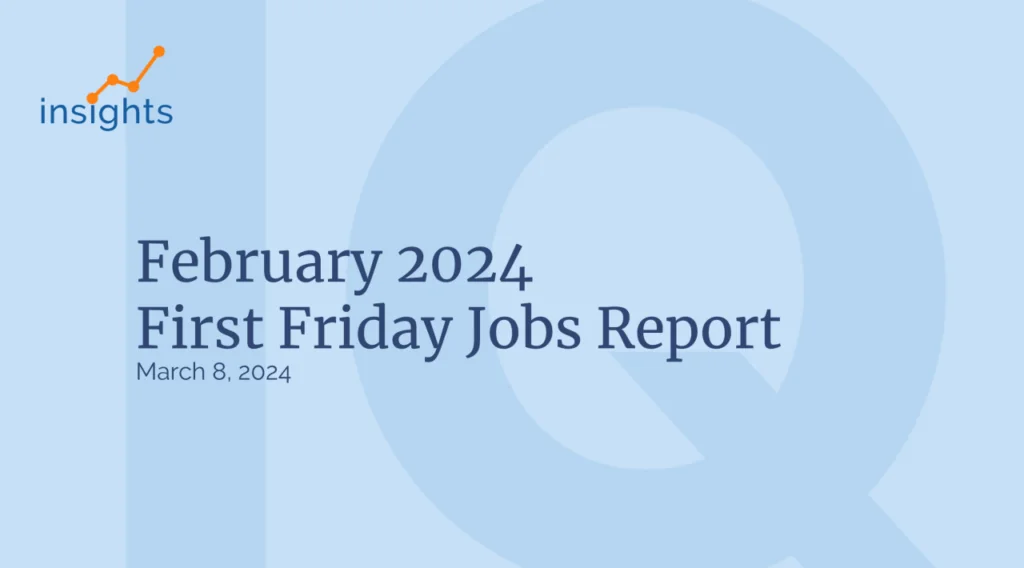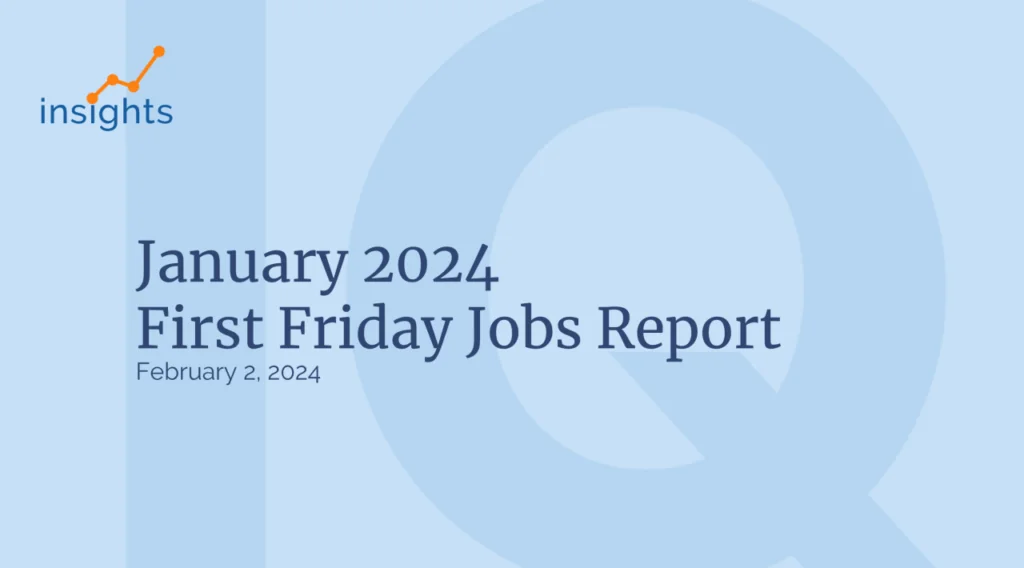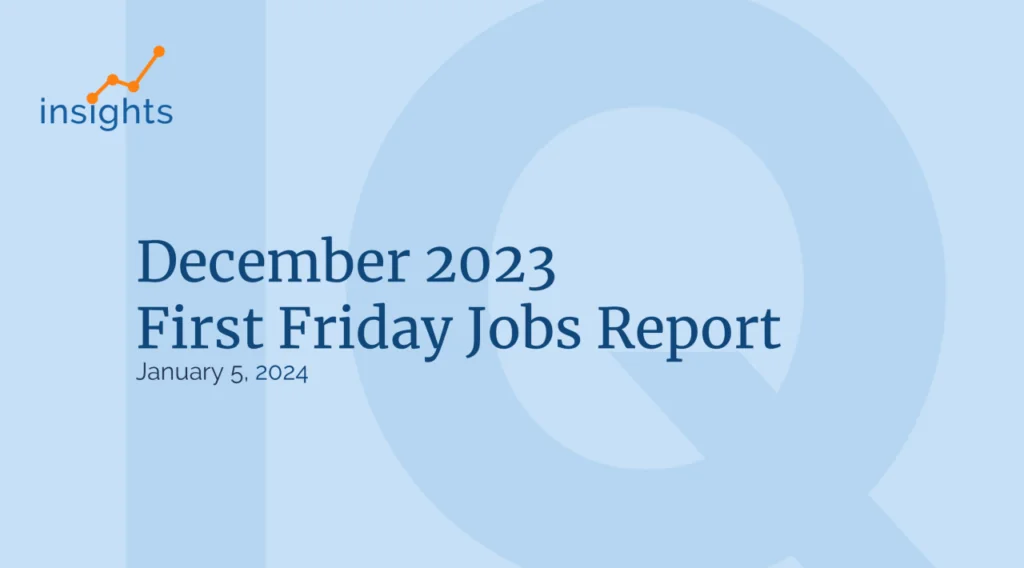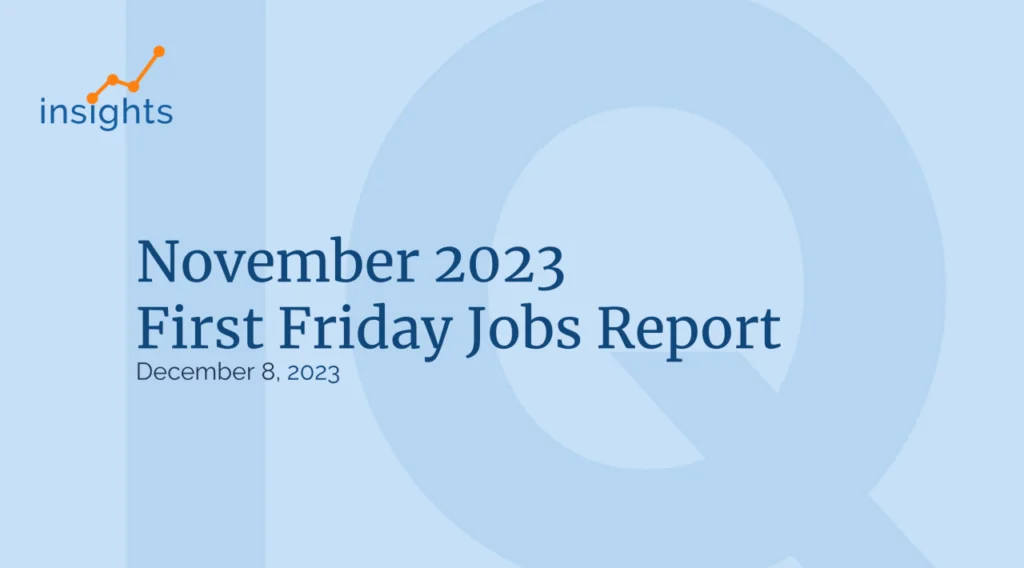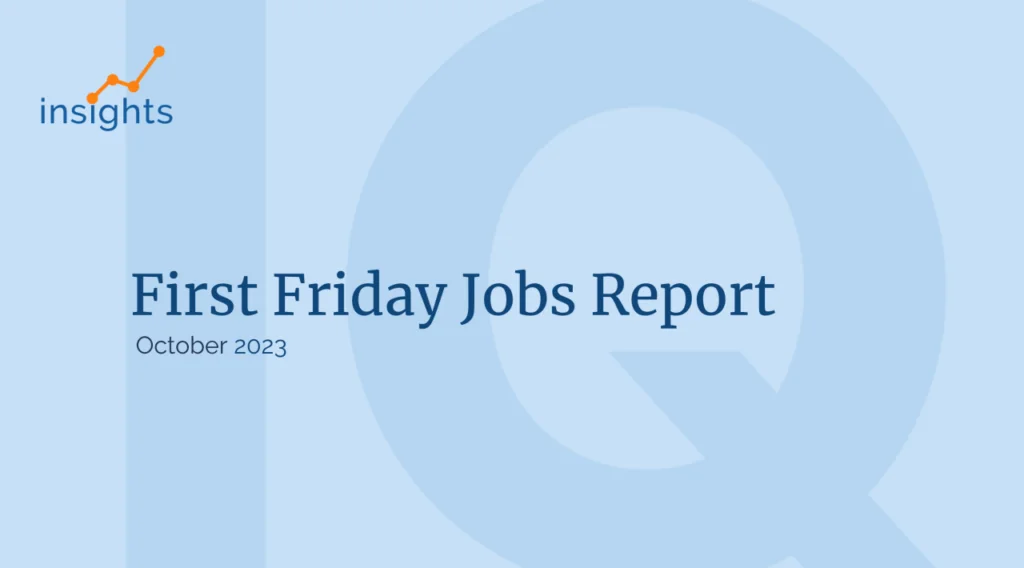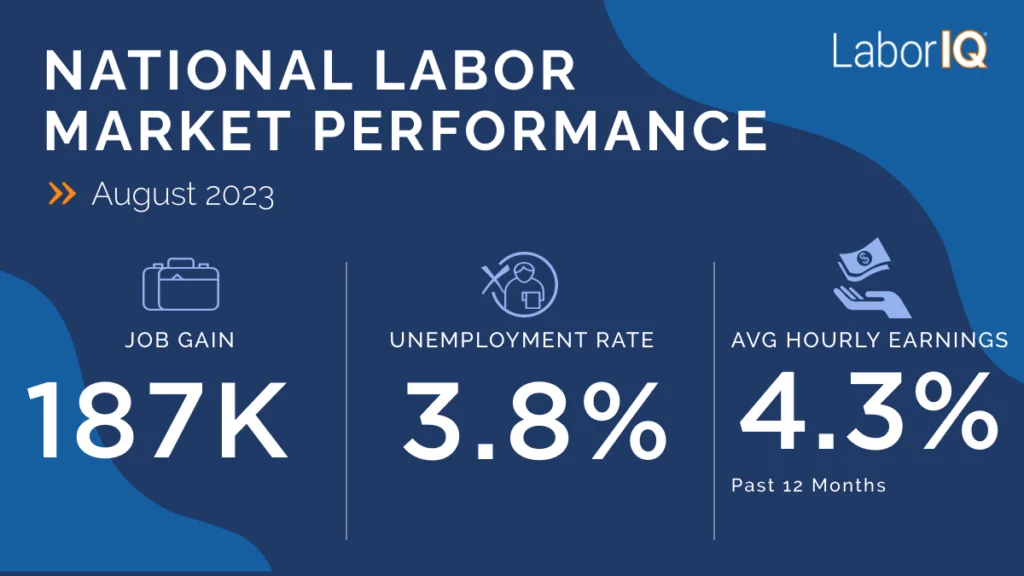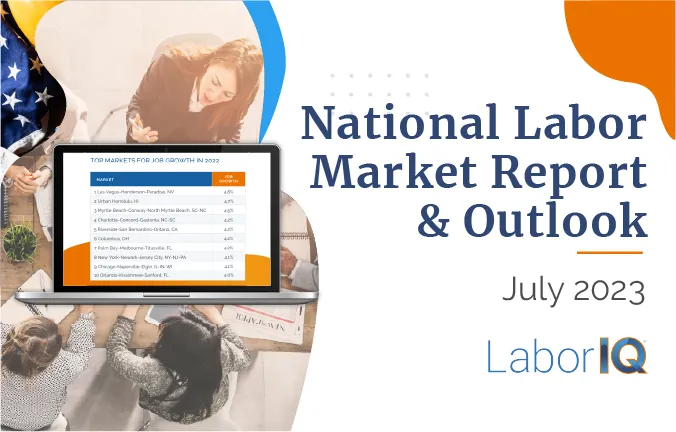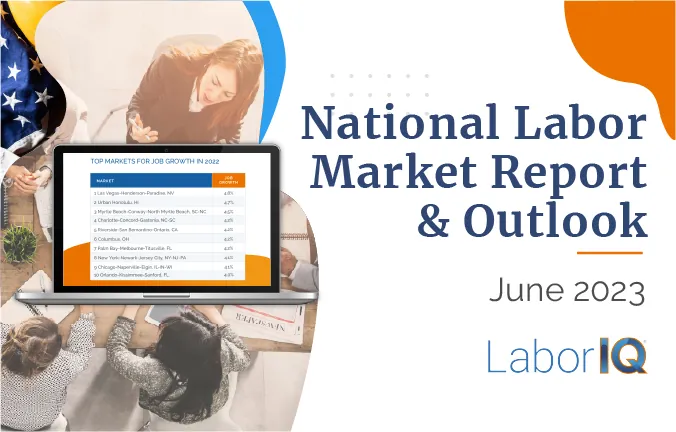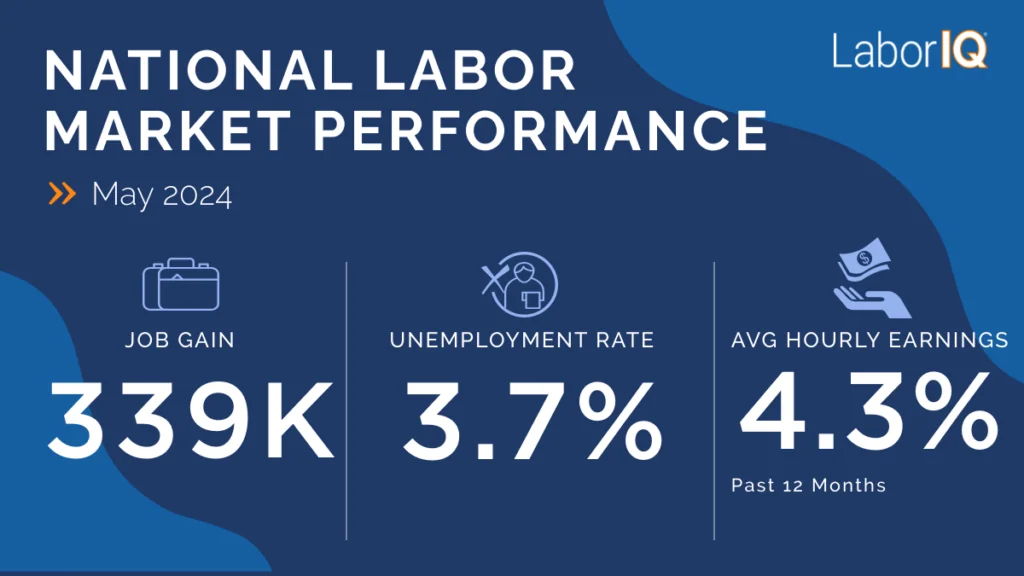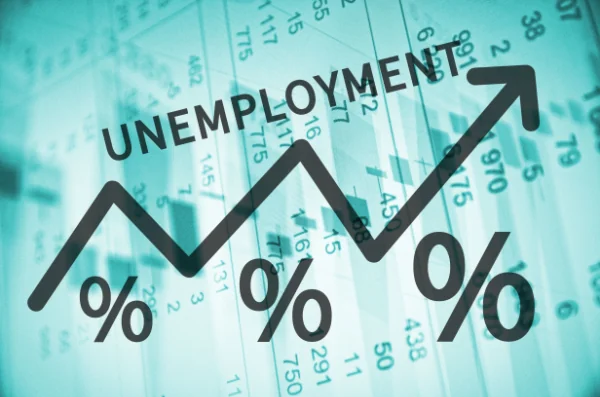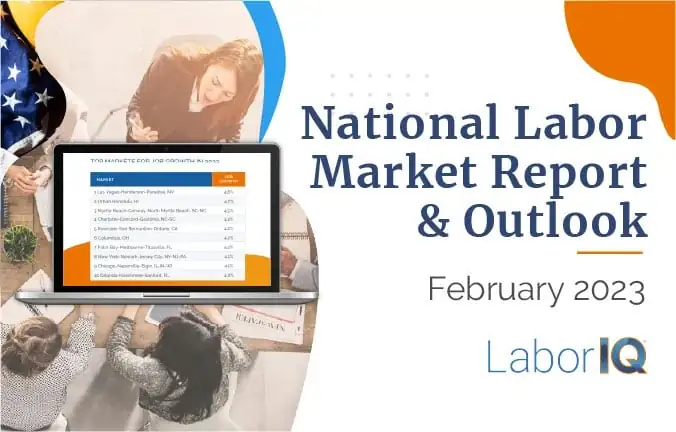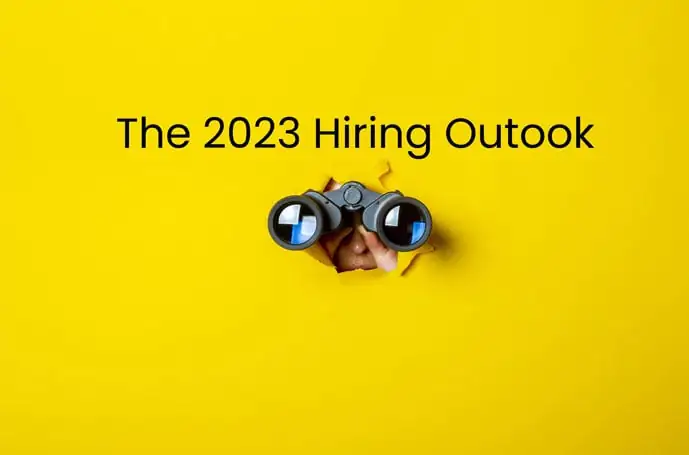This special edition of the Insights newsletter is our last of 2024. I want to sincerely thank everyone who has followed along this year and wish you all a happy, healthy, and fulfilling 2025.

As we approach 2025, LaborIQ’s outlook is that the labor market will continue the cooling and normalization we experienced in 2023 and 2024, following record growth and recovery in 2021 and 2022.
Slower, Steady Growth is the New Normal
The economic landscape has evolved considerably over the past several years. Throughout 2021 and 2022, demand for talent was strong; and businesses added 14 million new hires in just a 12-month period. This year we’ve seen closer to 2.5 million new hires, which is more in line with historical levels.
And in 2025, LaborIQ forecasts new job gains of 1.6 to 1.9 million.
Strength in the headline numbers masks what a lot of HR and talent acquisition leaders are feeling. The slowdown in hiring feels like a downturn because many industries still face challenges. While we’ve avoided widespread job losses, hiring volumes have slowed, and job gains have been concentrated in a few sectors. Over the past year or more, government, healthcare, and leisure and hospitality have accounted for nearly two-thirds of new jobs added over the past year.
Private sector growth has been more sluggish. The good news is that layoffs have not increased substantially, and we haven’t seen a big spike in the unemployment rate.
Pay Transparency Momentum and Compensation Trends to Follow Next Year
One trend shaping the landscape for U.S. businesses is pay transparency. About one-third of U.S. workers live in areas where pay transparency laws are in place, and many companies are adopting this model to stay ahead of regulation and to meet expectations of employees and job candidates.
Job candidates are more likely to click on postings with disclosed pay ranges. And with HR teams feeling stretched thin for quite some time, you don’t want them wasting time with a candidate who is not going to be a fit, or you’re not going to be able to align on compensation.
When it comes to compensation, it’s not just pay transparency regulations putting pressure on U.S. businesses. The labor market has cooled, and hiring has slowed substantially; but wages are still growing faster than they were prior to the pandemic. Twelve-month growth has persistently remained at or above 4%, compared to 2.5-3% from 2015 through 2019.
In 2025, LaborIQ projects wage growth of around 3.5-3.8% annually.
Generational Shifts and Workplace Expectations
One trend compounding hiring and compensation challenges is a looming talent shortage and generational realignment of the U.S. workforce.
Over the next few years, the number of baby boomers leaving the workforce may be as high as 20x the number of young workers entering the workforce. This will force companies to make internal changes to adapt, like moving younger workers into management roles, providing additional training opportunities, and rethinking job descriptions in light of a changing workforce.
The rise of younger generations in the workforce has also shifted expectations around workplace culture and communication. In particular, Gen Z is pushing for more openness, from mental health to salary discussions.
This shift is reshaping how companies approach conversations around compensation fairness and professional development.
Communication is key. Companies need to equip their managers to handle these discussions, reinforcing the compensation philosophies underpinning their pay strategies and structures.
Government Shutdown Looms… What does that mean?
As of 12pm CST on December 20, 2024, it looks very possible that the Federal government will shut down if a funding bill doesn’t pass by midnight.
A shutdown of the U.S. government will halt all non-essential operations. And government employees, even those required to work like the military and air traffic controllers, would not be paid until a funding bill is passed. While those workers receive back pay, not receiving paychecks during the holiday season can impact spending and budgets.
Shutdowns can also cause disruptionsin other ways, leading to delays in passport processing and airport travel headaches, among other potential issues.
The last time the U.S. government shut down was in 2018, and the shutdown lasted five weeks. The impacts of the 2018 shutdown were lasting, with the Congressional Budget Office estimating an $11 trillion dollar temporary reduction in GDP, $3 billion of which was never recovered.
And it’s not just the Washington DC metro area that will face impacts. States like California, Florida, and Texasemploy hundreds of thousands of Federal workers and are homes to business that hold hundreds of billions of dollars in Federal contracts.
More Labor Market Analysis
This year, I have had the opportunity to speak with many HR and talent acquisition experts on the labor market, compensation trends, what to expect in 2025, and more.
Sam Kuehnle of LOXO and I chatted about recent challenges and trendsin the labor market and compensation data. The Great Resignation exacerbated already-existing struggles faced by HR and recruiting teams, especially around compensation.
Brandon Laws of Xenium HR and I had a wide-ranging conversation on the lasting impact of inflation, rising interest rates, and wage pressures on compensation. And we discuss why the talent shortage is more than just a skills gap.
In November, just before the U.S. Presidential election, I sat down with ERE to present an apolitical and unbiased assessmentof how each candidates’ policy proposals would impact businesses as well as HR and talent acquisition leaders.
Earlier this quarter, I presented a 2025 compensation and labor market outlook with Paycor, including a discussion on how HR and talent acquisition professionals can become experts and trusted advisors to clients and business leaders as they navigate a cooling labor market in the new year. Register for a rebroadcast on December 24, 2024!
Daniel Harten of HireEZ and I discussed generational shifts in the workforce, the challenge businesses face in following pay transparency regulations, and why establishing pay bands and compensation strategies could be critical in responding to the impending talent shortage.
Stay tuned for a new pay band management solution from LaborIQ in early 2025!
To get more depth and insight into these hiring conditions, subscribe to LaborIQ’s newsletter. LaborIQ Insights empowers HR teams to make informed decisions, whether it’s setting realistic hiring targets or building transparent compensation structures.



